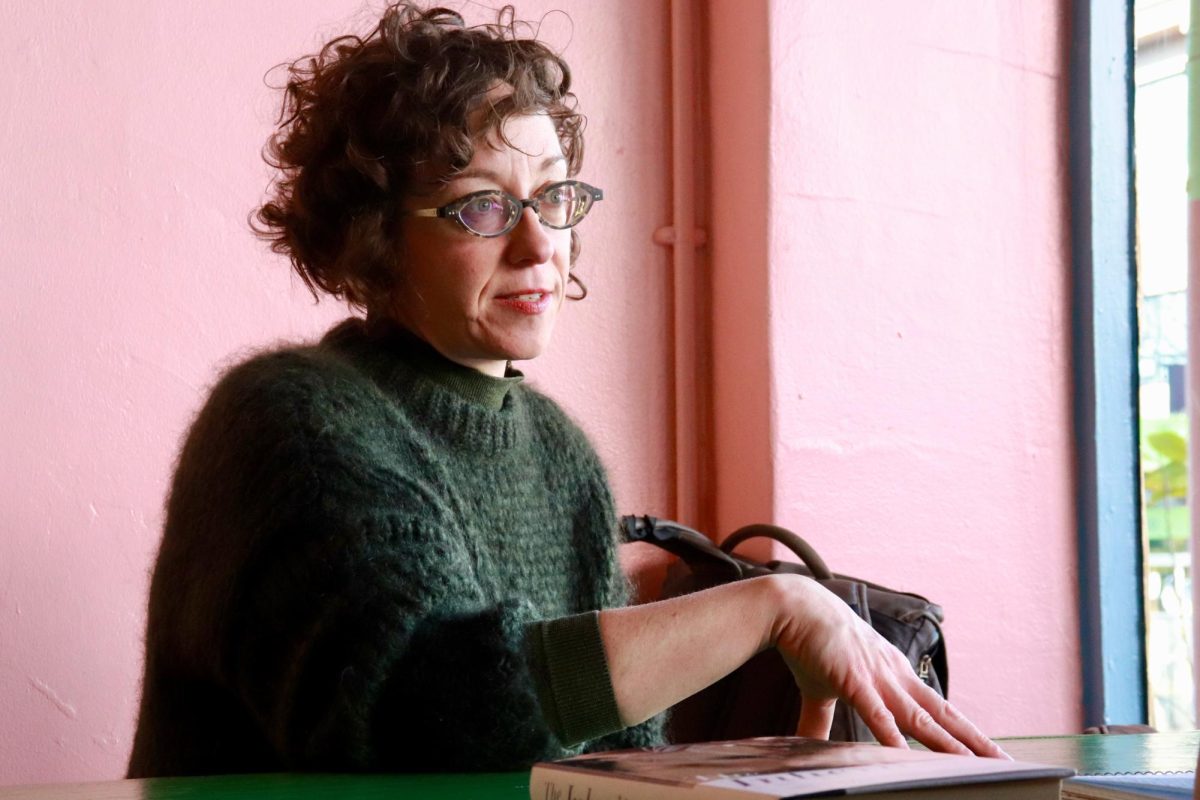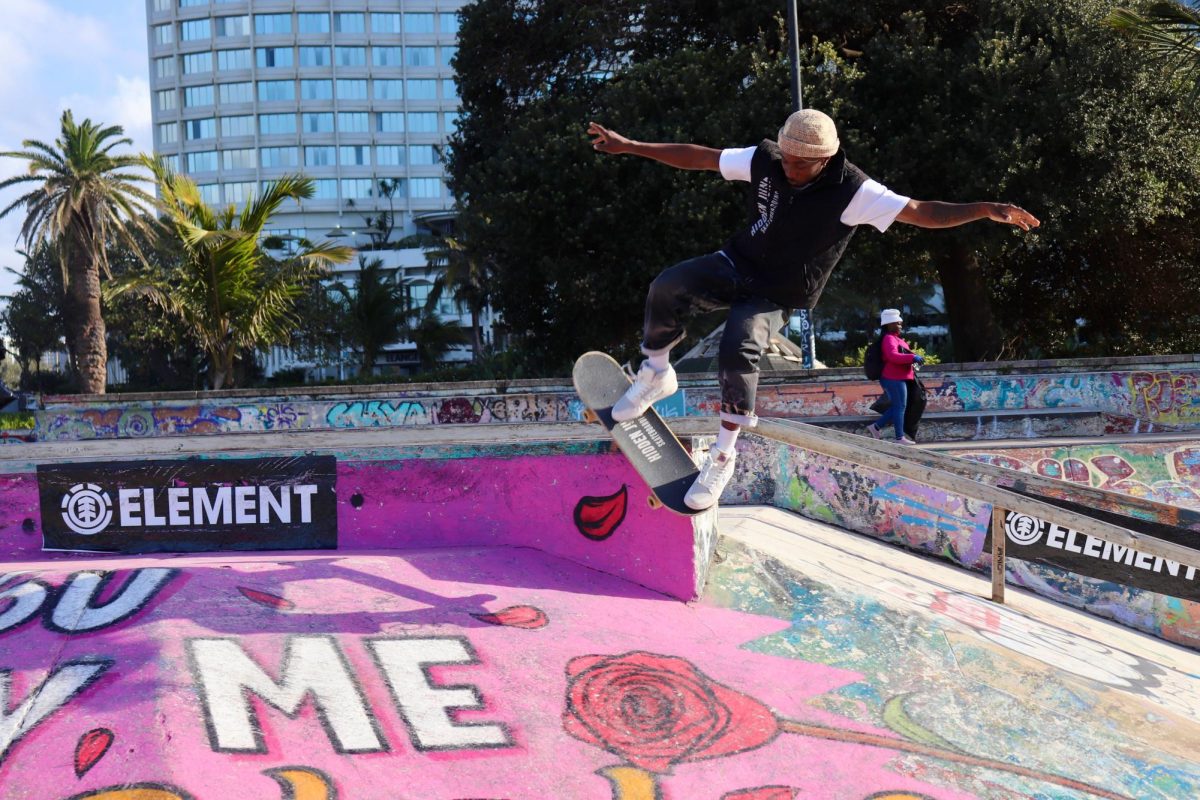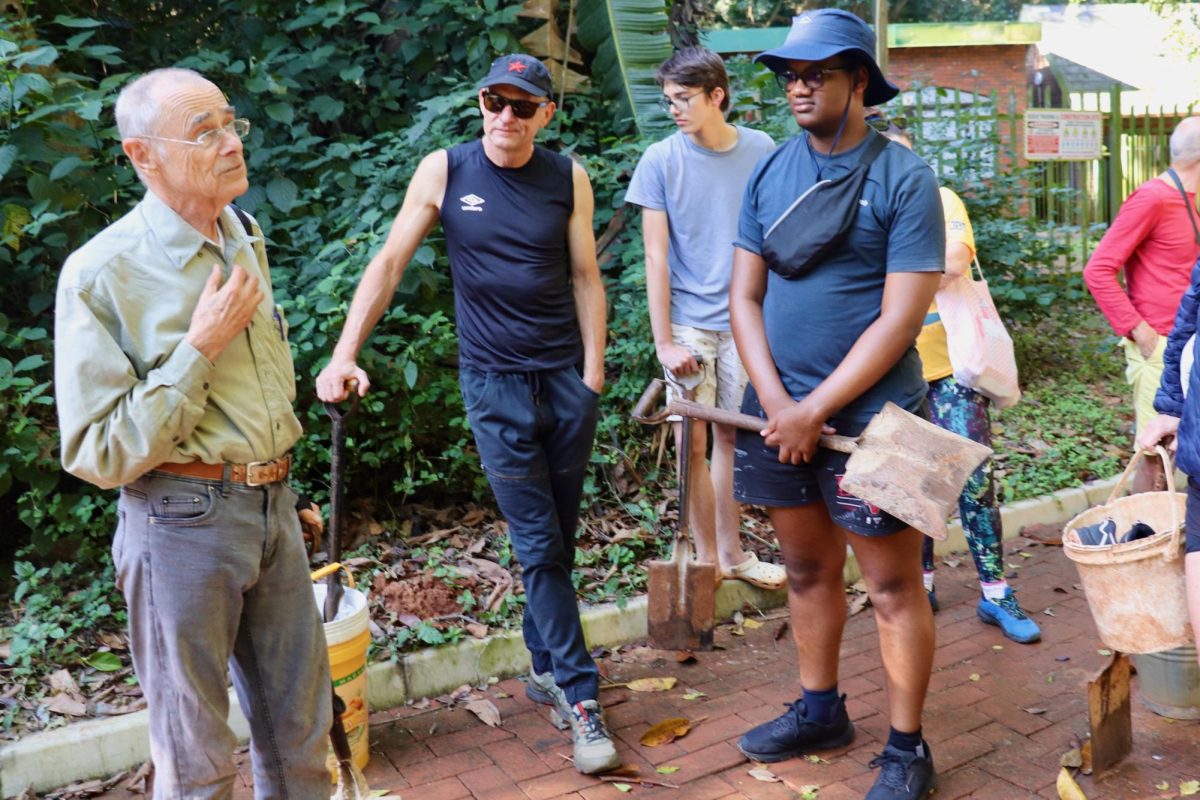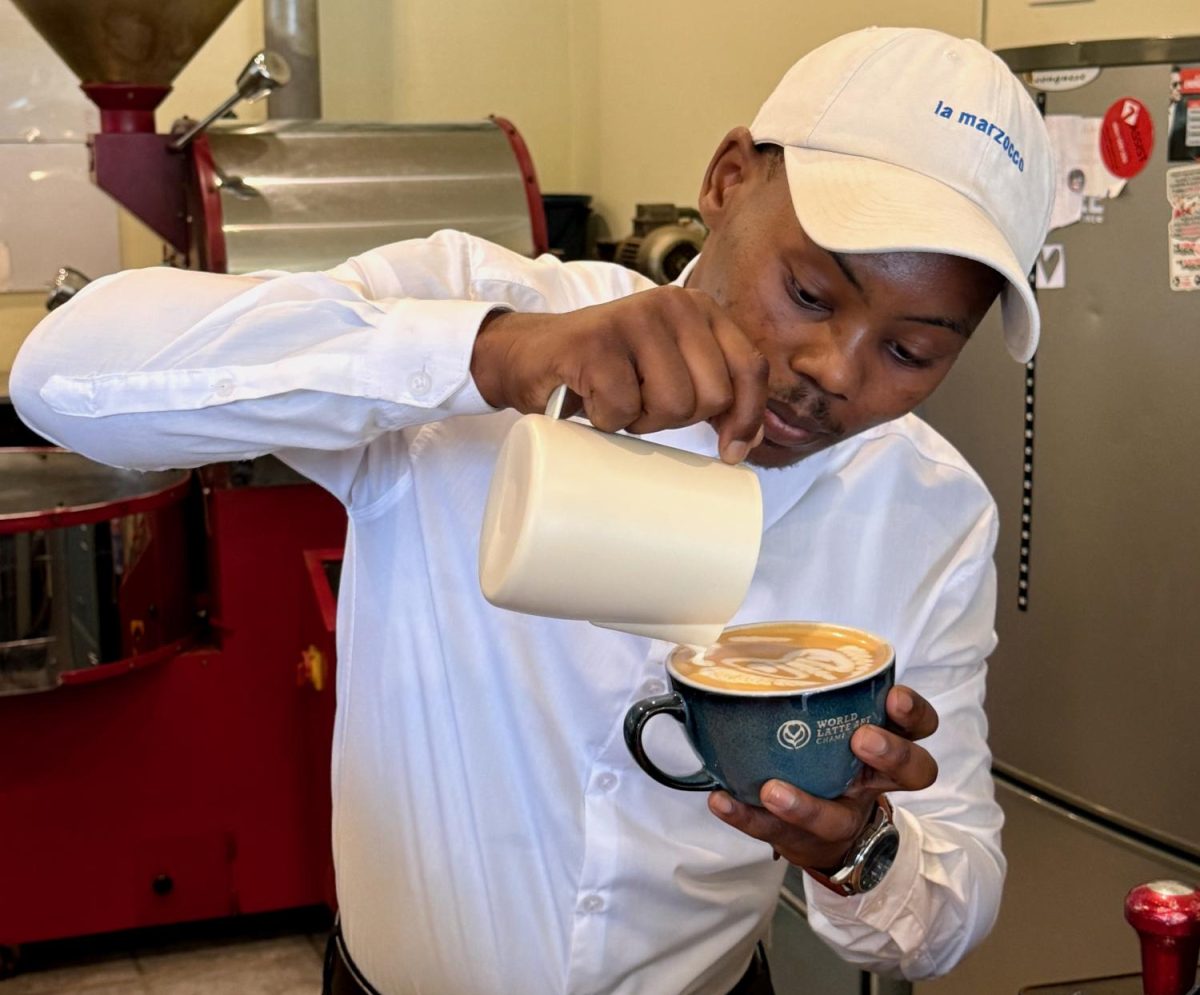When did Banksy’s work become a Sotheby’s sale?
Banksy, the anonymous guerrilla artist, rose to fame when he began strolling into museums and putting his own work on display in the early 2000s.
The most famous of these self-installations was in the Louvre, where he hung a version of the Mona Lisa whose face was a smiley face sticker.
The painting, dubbed “Mona Lisa Smile,” sold for more than £56,000 at auction at Sotheby’s in 2006. The popularity of the artist’s street art began something called “The Banksy Effect.”
“Girl with Balloon” began as just a stencil mural, spray painted on Waterloo Bridge and then all over London. In early 2018, a print version of Banksy’s “Girl with Balloon” sold for a little over 1 million pounds before promptly shredding itself. None of these pieces remain and have all since been removed from their original locations and sold.
On Oct. 3, Banksy’s painting “Question Time,” now called “Devolved Parliament,” will be auctioned off at Sotheby’s in London for an estimated 1.5 million to 2 million pounds ($1.9 million to $2.5 million). The painting depicts the British Parliament occupied by chimps fiercely debating over something.
Many of Banksy’s works are critiques on social issues like climate change, the Israeli-Palestinian conflict and human greed. They frequently spark political controversy and convey anti-war, anti-consumerist and anti-authoritarian viewpoints.
Banksy himself doesn’t attend protests or rallies (not that anyone would know if he was there due to his anonymity). But he tags walls, paints murals and creates artworks that overtly detail his opinions and critiques of society. Banksy is an activist and he displays his activism through art.
Therefore, it is wrong to sell his pieces for millions of dollars to buyers who will never put them on display or put them on display in a gallery where the piece loses all environmental context.

Banksy pieces are supposed to make you think, to create conversation about uncomfortable topics and to offer up a clever metaphor for current events and difficult situations. They are guerilla pieces of art, put out in the public so the general population can see them. Selling these pieces to collectors for outrageous amounts of money almost ensures that the general public will never see them, and it completely defeats the purpose of making the art in the first place.
Traditional paintings are mobile, and retain their meaning when moved between galleries. Guerilla and street art lose some, if not all, of their meaning when they are removed and sold.
For example, Banksy’s “Season’s Greetings” was originally painted on a garage wall in a small industrial town in Wales. The mural depicts a small boy in coat and hat catching snow on his tongue, but the snow is actually ash from a burning dumpster around the corner. The painting was intended to be a commentary on the pollution caused by the town’s steelworks.
Clearly, the snow ash imagery of “Season’s Greetings” relied heavily on its location. Over the summer of 2019, the mural and the wall itself were removed from the garage and displayed indoors in a gallery (after being sold by the property owner for at least six figures). The mural was meant to make people in the town see and discuss the visible effects of the air pollution from the steelworks, and since it’s been removed from its intended context, it loses almost all meaning.
Banksy’s works are not simply art for art’s sake. The artworks are intended to make the viewer think, and it’s a disservice to Banksy for property owners to immediately sell and authorize the removal of his artworks.
It would be a different story if Banksy were selling them. But Banksy doesn’t even receive the money from these egregious sales.
In an email to The New York Times, Banksy’s publicist Joanna Brooks said, “The painting in question [“Question Time”] is being sold by the owner who is in no way associated with the artist Banksy.”
There have been rare occasions where a town votes to keep Banksy’s work on the wall rather than have it be removed and essentially treated as meaningless graffiti. In Bristol, (believed to be the artist’s town of residence), and in Sutton, in southwest London, the townspeople have elected to preserve both the artwork and its meaning. Still, these are rare cases.
Until art appraisers and casual viewers begin to comprehend that the context of Banksy’s works are just as, if not more, important than the art itself, his pieces will continue to be sold for absurd amounts of money and hoarded by collectors.






































